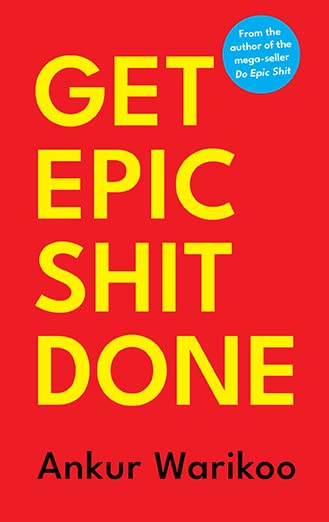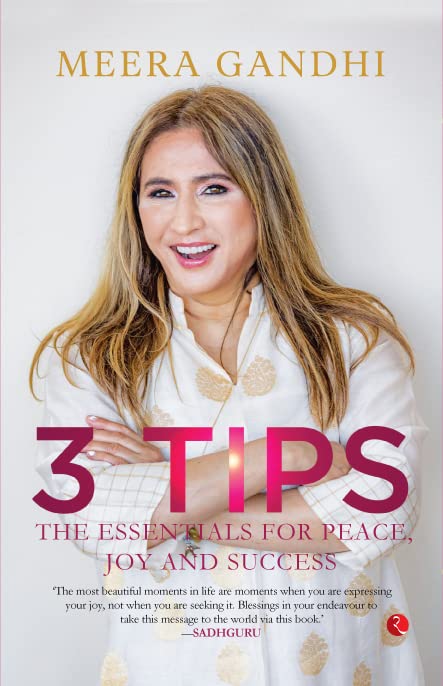2042nd BLOG POST
36th Book of 2022
Well, at one point
of time, when December begun, I had posted that I would not be meeting my
Yearly goal of reading 36 books but here I am, right on 31st
December, sharing the review of the 36th book. I have just completed
reading Ashneer Grover’s very first book named “Doglapan” which got released
just few days back. It is always a delight to be one of the first readers of a
book that is about to get extremely popular.
This 256-pages autobiography
by Ashneer is special because of his personality of calling spade a spade
without worrying about what you’ll perceive of him. The founder of my 1st
company would always say “We are not here to win an election. Whenever there’s
anything wrong, go ahead and tell it on the person’s face”. Ashneer has been
just the same through his Shark Tank experience which made him popular and the
book is also written in the similar fashion which makes you understand from
where does this confidence reflect in his personality.
You must have
watched Bollywood movies where they show the protagonist being handcuffed or defamed
in public in the very 1st scene and then immediately navigate to the
flashback which leads to this prologue section how the character ended up being
in such state. In the similar fashion, the prologue speaks about a segment of
the whole Bharatpe saga which happened early this year and immediately, Ashneer
takes us to his childhood where he describes his background and with utmost
respect, speaks about his parents, grandparents and every member of his family.
He gives insights
on how he ended up being so studious that he is part of two topmost institute
of our country. He is proud and delighted about everything he has achieved in
life and that reflects every time he talks about his achievement – either it’s
about academics, personal life, corporate life or start-up success. He doesn’t
try to sound modest because he knows how much effort he has put in to achieve success
in each of these sectors. He is a typical family person and the part on how he
started missing his grandparents when they started staying separately to give
him space for studying and how after reuniting with them in a new home, he
started feeling happy again made me emotional.
The whole section of
him joining MBA just because that was last chance for him to find a good
partner and how he even got successful in it tells a lot about his conviction
behind achieving anything. Haha! How he had to actually win trust of his
in-laws makes you remember the whole “2 States” segment of the protagonist with
his in-laws. The way he speaks about each of his corporate experience and what
he learnt from them is quite beneficial for every corporate or start-up
employee. He emphasizes on the fact that anything you do or learn while working
never goes waste and comes out in rescuing you later in your career or life for
sure. He also speaks about creating and maintaining relationship in the same
space which is a great take-away from this autobiography.
The 2nd
half of the book is more about how he moved into the start-up world. Everything
right from the 1st page till the last is written as if you are
reading a fiction novel. Ashneer always insists on speaking Hindi as it clears
things better than English, even in this book, he has not shied away from
writing few sentences in Hindi. The whole start-up section is about learning
from his experiences and knowing how to keep your product customer-centric and
move ahead with pitching for multiple rounds to raise funds. Though, here, I
felt that too many figures and technical terms made it hard to understand few events
but overall, it was great to know how a single person can create a product
which can earn such kind of money for an organization. Unbelievable!
The last segment of
the book, as I said initially, takes us to the same prologue scenario where the
whole Bharatpe saga happened due to which he ended up resigning from his own company.
This is interesting to read as I knew that the whole book has just been written
by Ashneer to share this story and reveal for once whatever he wanted to say
about people who ditched him. Unfortunately, the whole thing sounds like a rant
while reading than an honest account as Ashneer only speaks from his point of
view and never talks about what must have gone wrong from his end for all his
team members to go against him – that too when he got famous as public figure
and they knew that eventually, it is only going to make him more famous than
them. Anyway, Ashneer doesn’t try sugarcoating anything and directly calls out
name without thinking of repercussions of saying such harsh things about people
sitting at powerful positions.
He makes us
understand things like GST complications, how investors start bossing startup
founders, how wrong hiring can screw you badly etc. The last chapter speaks
about 5 things success and failure- both taught him which is a nice ending to
the book. There’s obviously a chapter before this on his Shark Tank experience
and it is all goody goody stuff about how it went for him.
Overall, the book
is interesting and shouldn’t take more than one sitting or 5-6 hours to finish
the same. I give this book 4.25 stars out of 5. I received whatever I expected
from it.
Thanks!
WRITING BUDDHA














